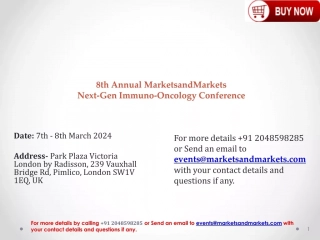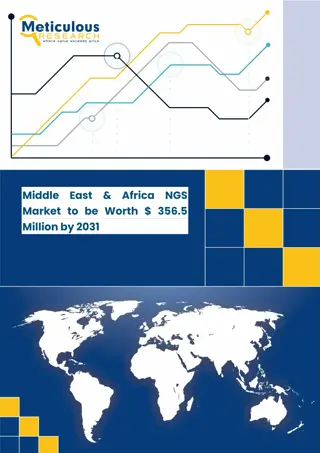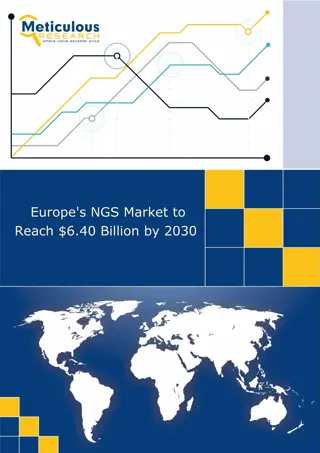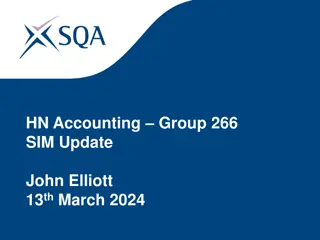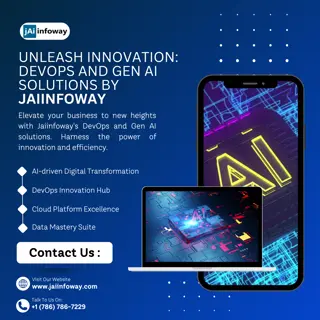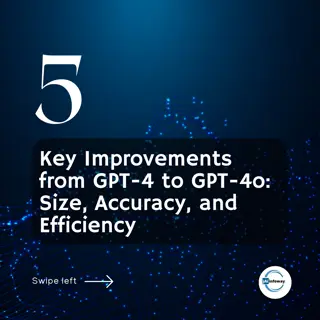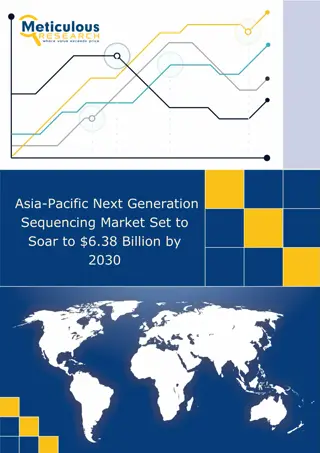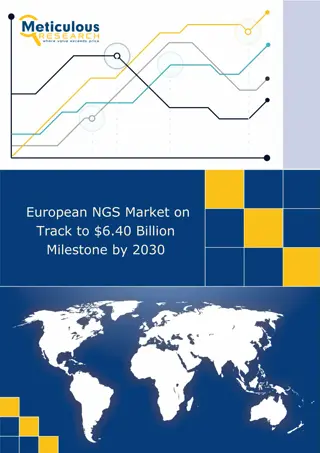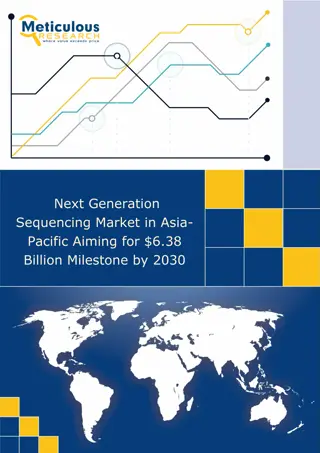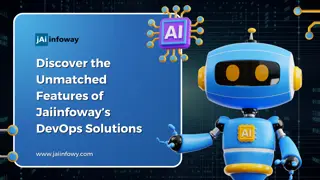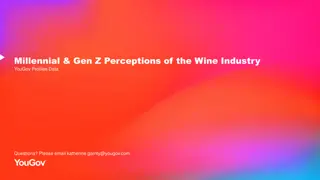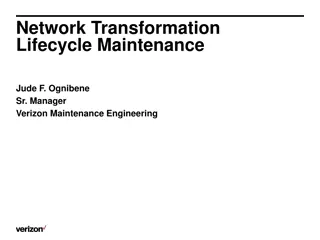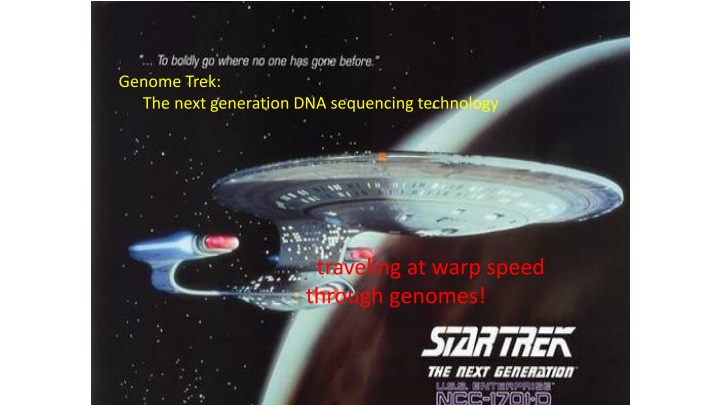
Next Generation Sequencing Technologies Revolutionizing Genome Studies
Discover how Next Generation Sequencing (NGS) technologies have transformed genome research, anthropology, microbiology, medical genetics, and biotechnology since their emergence in 2005. Learn about the advantages over traditional Sanger DNA sequencing, the cost efficiency, and the basis of NGS technologies enabling rapid and cost-effective analysis of vast amounts of genetic data.
Download Presentation

Please find below an Image/Link to download the presentation.
The content on the website is provided AS IS for your information and personal use only. It may not be sold, licensed, or shared on other websites without obtaining consent from the author. If you encounter any issues during the download, it is possible that the publisher has removed the file from their server.
You are allowed to download the files provided on this website for personal or commercial use, subject to the condition that they are used lawfully. All files are the property of their respective owners.
The content on the website is provided AS IS for your information and personal use only. It may not be sold, licensed, or shared on other websites without obtaining consent from the author.
E N D
Presentation Transcript
Genome Trek: The next generation DNA sequencing technology traveling at warp speed through genomes!
Next Generation Sequencing (NGS) technologies: - - - evolution Emerged in 2005 Have revolutionized the study of: - genomes/genomics - anthropology - microbe communities - medical genetics - biotechnology
Material sources: Michael L. Metzker Sequencing technologies: the next generation Nature Reviews Genetics 11, 31-46 (January 2010) websites of technology providers cyberspace lots of reviews, infographics etc. E.g. https://www.nature.com/collections/jmgqdxpvsk
Sanger DNA sequencing is a costly procedure involving many steps, people, and much administration and time when done on a large scale
Sanger sequencing is great but Each reaction, covering about 800 bases, is 5$ We need multiple runs (coverage) of each sequence to have confidence in it E.g. human genome is around 3Gb Consider the cost of just one sequence of this genome (around 19.8 million$) We need something with fewer steps, that uses fewer resources and will be less expensive
Whats the basis of NGS technologies? Remove cloning into plasmid Sequence without retaining samples Simpler preparation of samples and many many samples analyzed at once Develop massive parallel processing
Massive parallel processing Going from 384 to 6 billion samples/run of machine Sanger Illumina HiSeq samples/run 384 ~ 6 billion read length 800 bp 100 bp total 0.3 Mbp 600 Gbp human genome equivalents 0.0001 200 Haploid human genome ~ 3 Giga base pairs (Gbp) Observe: Illumina sequences 100 bp from each end = 200bp
Instead of 1 fragment =1 plasmid =1DNA purification =1 sequencing reaction Process billions of DNA fragments at once Textbook, page 590 592 High-throughput sequencing, Sequencing by synthesis By synthesis means you synthesize a DNA strand and identify each nucleotide as it is added

